Meet the residents of the Riba Stirling Prize-winning Passivhaus
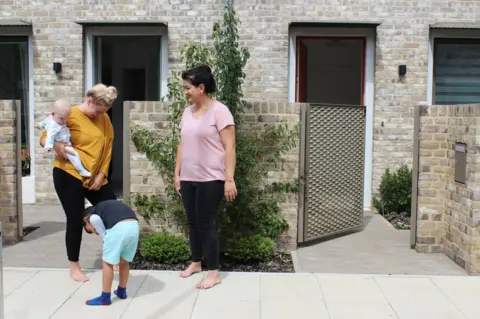 BBC
BBC
The homes on Goldsmith Street in Norwich are a little different. Built by Norwich City Council to Passivhaus standard, they have just won the Riba Stirling Prize for architecture and could set the template for the future of social-housing developments.
These fuel-efficient homes, nearly 100 of them, are handed over with large blue ring binders, manuals filled with the dos and don'ts on how to manage your home.
"The day we got the keys, we were also given that," says Monika Bacik, as she points to the folder on the kitchen bench. Like many other residents, she is still getting used to the new technologies, such as the monitor that controls ventilation.
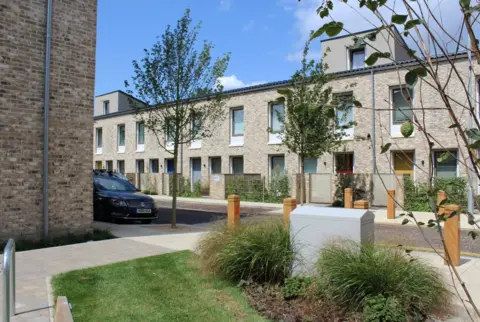 BBC
BBC
On the opposite side of the road, where the houses are subtly different, flipped around to allow for the perfect amount of sun, Alex Jenkins and Aziza Top live next door to each other. Not just neighbours but good friends thanks to their boys, who play together.
"Growing up, my parents would have to force me to come back into the house at the end of the day," says Aziza who lives with her husband, Riza, and two children, Olimjon and Firaz.
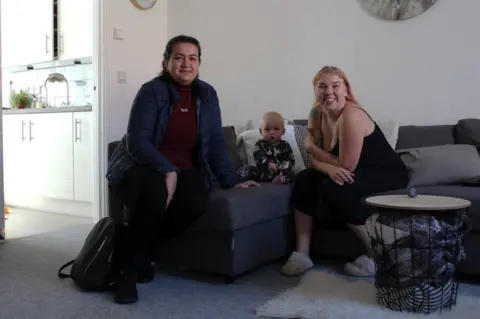 BBC
BBC"Now I tell the kids, 'OK, let's go outside.'"
And in Goldsmith Street, there is plenty of outside to go into as interior space seamlessly extends outwards into the front and back gardens, facilitating communal interaction.
Some have chosen to put chairs and tables in their front gardens, while others hang clothes lines.
"Tommy's level of exploring is just so much better," says Alex, who lives with her partner, Joe, and sons, Benjy and Tommy.
"Last night when it was tipping down with rain, he just ran outside and was living his best life playing in the puddles. Whereas before, he was so limited.
"There was a big puddle," says Tommy with a big grin on his face as he thinks about his adventure last night.
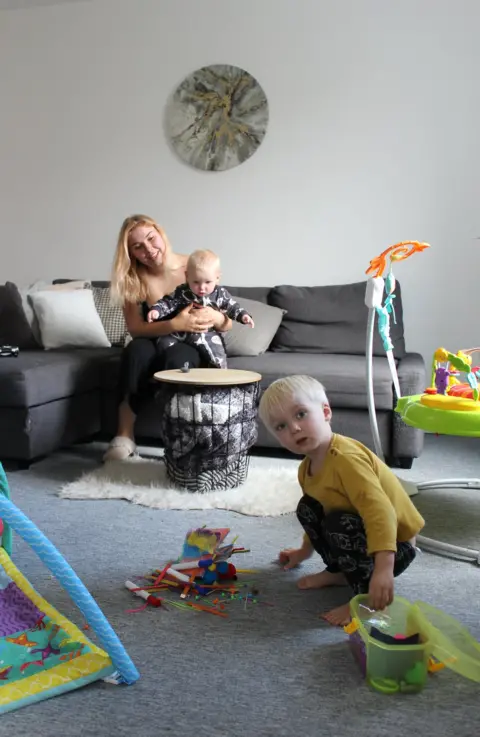 BBC
BBC
Monika lives here with her two children and husband, Karol.
She often sits in her kitchen as her girls, Maja and Zuzana, play in the garden and alleyway with their new friends.
"I can sit here and not have to worry about them, I know they are safe," Monika says.
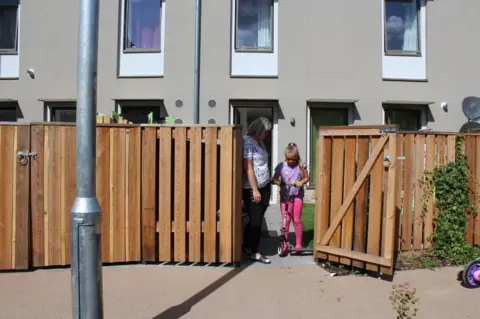 BBC
BBC
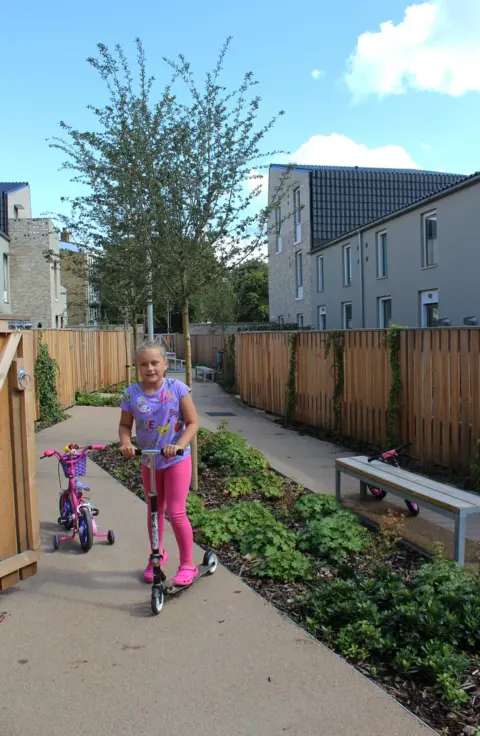 BBC
BBC
What makes a Passivhaus?
- The air inside the house is constantly refreshed
- Low energy use
- Super insulation and triple-glazed windows
- Oriented so the sun heats the house in the winter and external shading cools it in the summer
 BBC
BBCAll three families lived in small flats before moving here through the Norwich council's bidding system. This allows social-housing tenants to apply for other housing that better meet their needs.
Aziza had been in the council's bidding system for four years before seeing an advert for this development, though at that stage it was little more than a parking space.
She was second on the list for the home she now lives in - luckily the family first on the list was given a property a few doors down.
"You just couldn't ask for more. A nice big kitchen, a garden. You should have seen my old kitchen," she says.
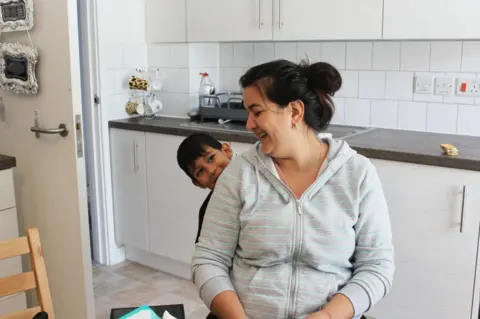 BBC
BBCThis development isn't just affordable, it offers a modern efficient home for lower-income households.
The Passivhaus design is not just about creating a community, the regulations on the build mean a substantial reduction in fuel costs.
Before moving to Goldsmith Street, Alex would often turn the oven on to warm the flat and wear extra layers of clothing rather than switching on the heating.
"When I say this to people who have never been in that situation before, they look at me as if I have been living in complete poverty," she says.
"Saving that money has meant we can do a lot more. Money doesn't feel as tight as it did."
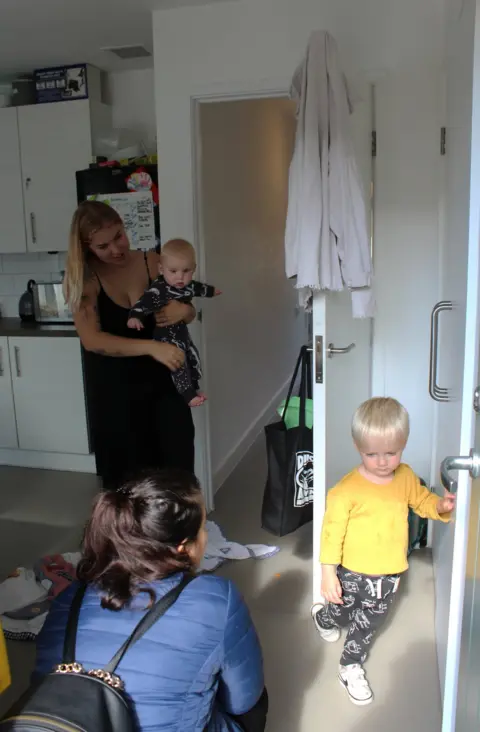 BBC
BBC
 BBC
BBCInterviews and photographs by Maria Nicola
